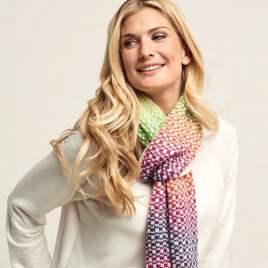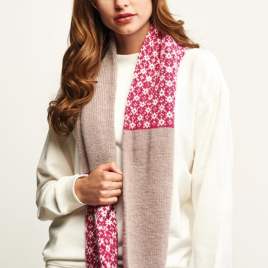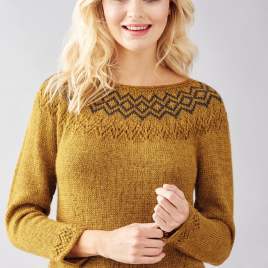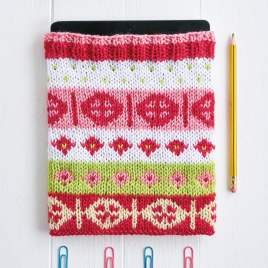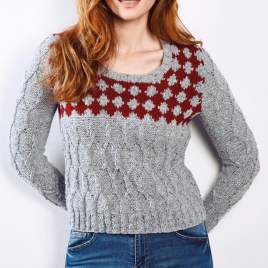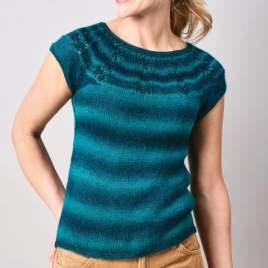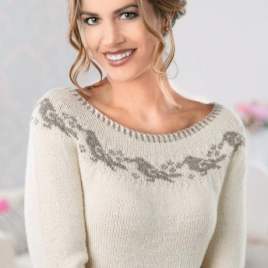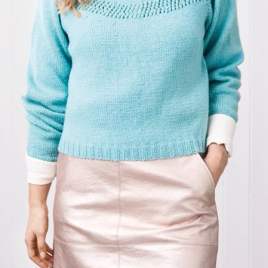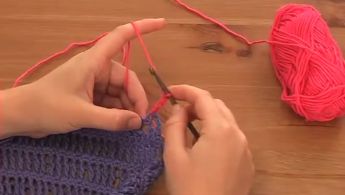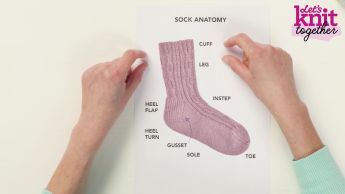How to: work Fair Isle (one hand, one strand)
video by
Let's Knit Together
- Overview
- Practical Guides
This technique is a colourwork method that uses two colours, usually in quick succession, on the same row. If you’re not familiar with Fair Isle, do first take a look at our video How to: work Fair Isle.
There are three main ways to handle the yarns, and this slower ‘one hand, one strand’ method can help you understand the principles. Do also look at the other two ways to work this Fair Isle technique so you’ll work more quickly, especially if you can hold the yarns in two hands. Follow your pattern as to what is your main colour and contrast colour, and be aware that yarn dominance refers to which yarn is slightly more raised on the right side than the other, and not to its strength of colour. The dominant yarn, often a contrast colour, is brought up from under the other strand, while the less dominant yarn is brought across the top of the other strand, as shown in the demonstration. The video shows how to work rows by changing colour every two stitches and carrying both strands along the row. Use your right hand to pick up and move the necessary yarn each time, so you only have one strand in your hand at a time. (One hand, two strands carries both strands at a time, while using two hands holds a strand in each.) To change to the main colour (green), the yarn is brought across the top of the contrast colour (lilac) each time, whereas to change to the contrast colour, the yarn is brought across but underneath the main colour each time. This is the same on both knit or purl rows, to maintain the yarn dominance. As you are carrying two colours along a row, the purl side of the fabric will have short strands called floats when that colour is not in use. Due to the chopping and changing, and tension on the other yarns, it’s easy for these ‘unused’ floats to be too short, which causes your fabric to pucker. Stretching out the stitches on your needles regularly will alleviate this, but if you are working a Fair Isle band in a project, do a mini swatch first. This will show if your Fair Isle tension is different to your stocking stitch tension, and if you need to change needles for this section. At the end of a row, twist the yarns together making sure the wrong colour is not visible on the right side at the start of the row.







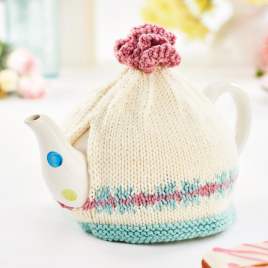



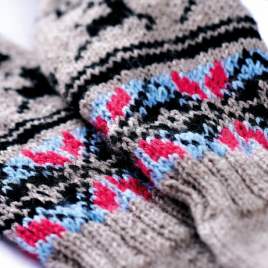



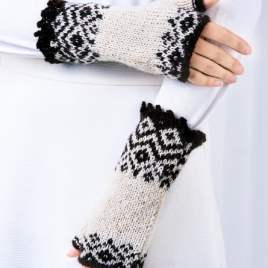

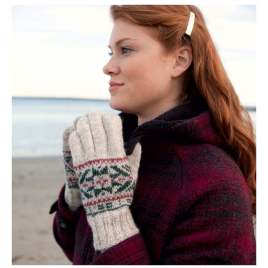

_268_268_64_c1.jpg)


